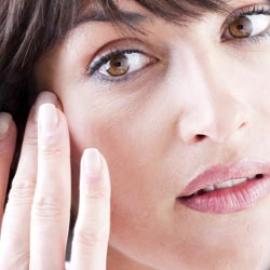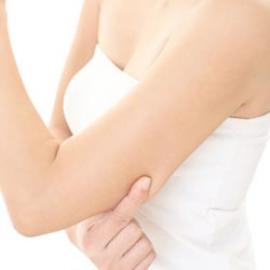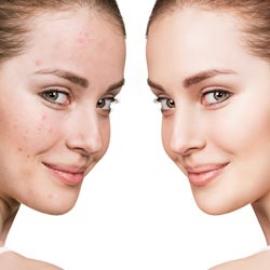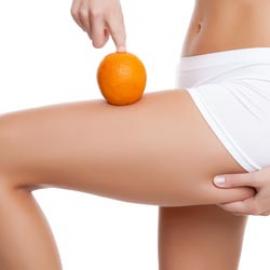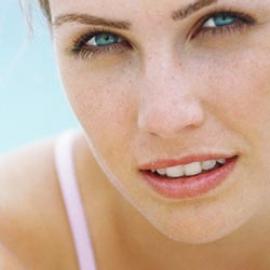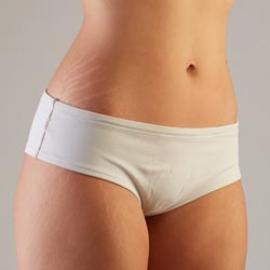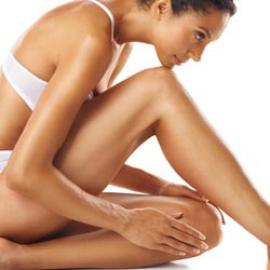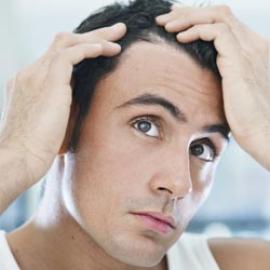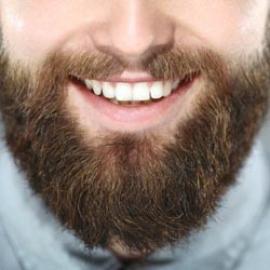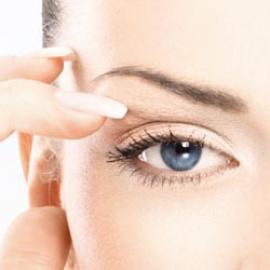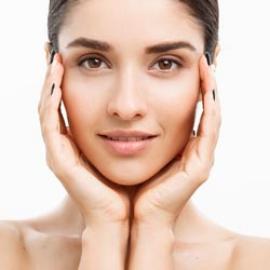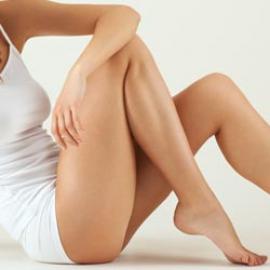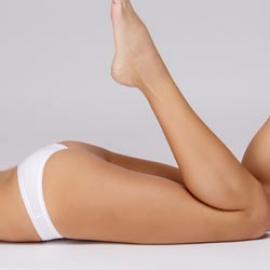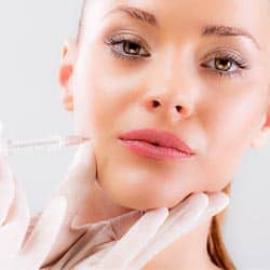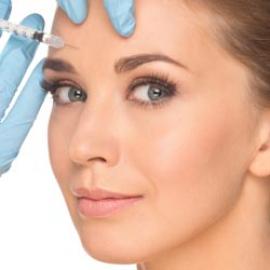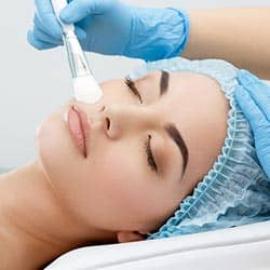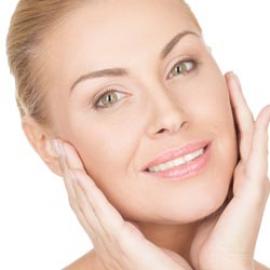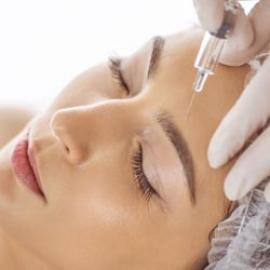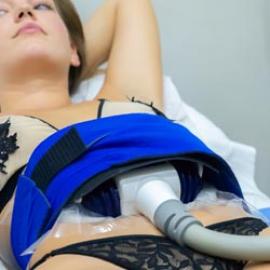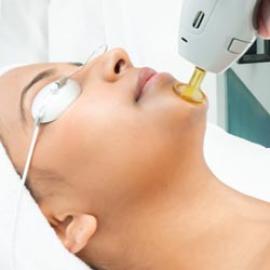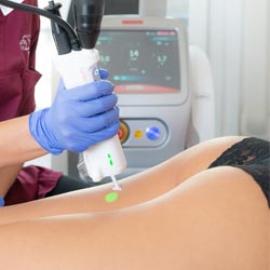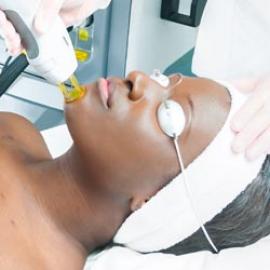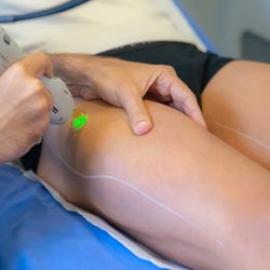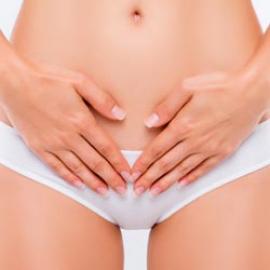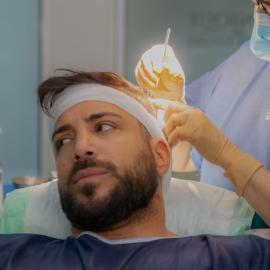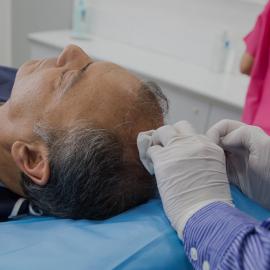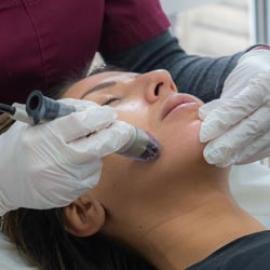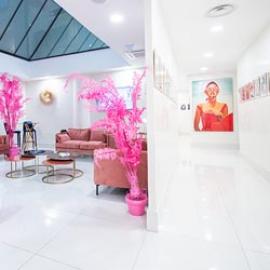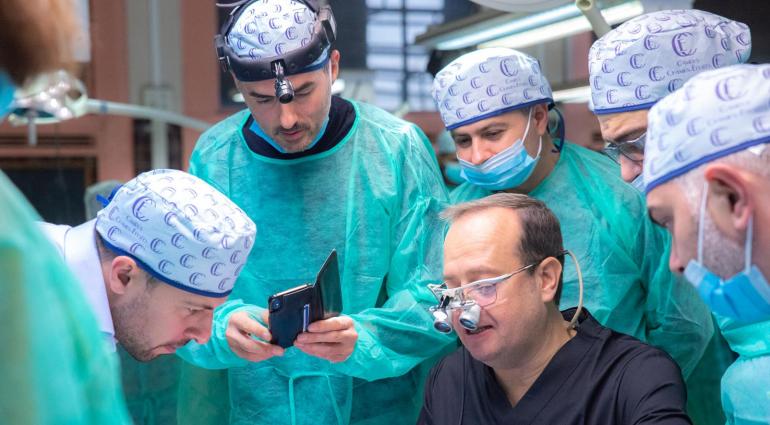
Varicose veins typically appear in the lower limbs. This arise as some of the veins are continuously dilated and become visible on the surface of the skin. Whether they are inherited or related to your lifestyle, varicose veins have a great number of causes. They can be successfully treated with cosmetic medicine.
Varicose veins: What is it ?
Our body is made up of a venous system separated into two categories:
- The deep venous system that carries about 90% of the blood around the body
- The superficial venous system that carries about 10% of the blood throughout the body. These veins are a lot more fine. When they are positioned at the top of the thigh, the veins are called the internal saphenous veins. They are called external saphenous veins when they are located on the calf.
The superficial venous system is where varicose veins occur. For instance, during strenuous physical exercise, the veins may dilate. But we are talking about varicose veins that stay dilated long term.
Varicose veins typically occur on the lower limbs and are equally prevalent in both men and women. They appear on the calves, on the backs of the knees or on the inside of the thighs.
They also can be painful so thankfully, it is now possible to treat them.
The causes of varicose veins:
When the blood stagnates in the legs, the veins dilate, producing a bluish or purplish line. The veins have mini valves that allow the blood to flow only in one direction. When the valves lose their firmness and their isolating ability, v Varicose veins appear . Blood pools and varicose veins are formed.
There are many reasons for the presence of varicose veins on the lower limbs:
- The natural causes of aging,
- Sitting or standing for a long time, or the compression of the venous system induced when you cross your legs,
- During major hormonal changes, particularly in pregnant or menopausal women;
- When weight is gained, cellulite makes lymphatic and venous circulation more complicated;
- The veins tend to dilate during exposure to a large amount of sun or heat.
Varicose veins: How to treat them
If the varicose veins are fine, less than 0.3 mm in diameter, they can be treated with a laser. The idea behind this treatment is to project a laser onto the varicose veins to disintegrate the walls of the veins. Several lasers, such as the Cynosure Icon, the ND Yag laser or the V-Beam laser, are suitable for this treatment. After the session, the varicose veins gradually vanish. Multiple sessions are needed to achieve a satisfactory result.
ThermaVein™ is another possible method. It includes the collapse of the walls of the veins with a very low current (4MHz) without any discomfort or scarring. The 0.75 mm probe is directed at the venous wall. Three to four sessions are needed for the legs.
ThermaVeinTM treats red varicose veins only. Instead, sclerotherapy is recommended for other types of varicose.
For more prominent varicose veins, the main solution is microsclerosis. It is a treatment that uses a needle to administer a liquid that induces sclerosis in the veins to thicken the walls of the veins and dissipate the blood. You may feel a pricking sensation during the injection. However, this type of procedure goes beyond the field of aesthetics and a phlebologist should thus be consulted.


